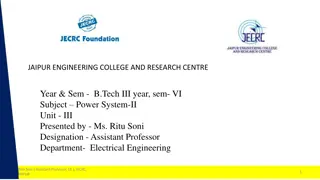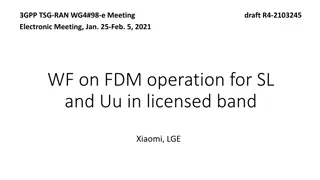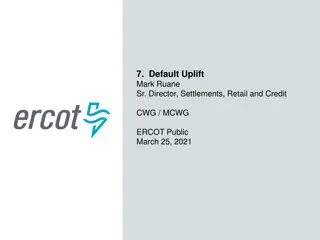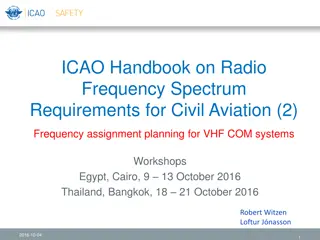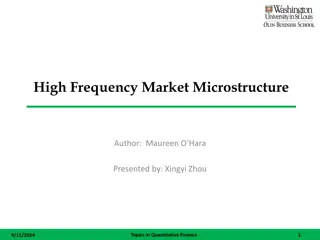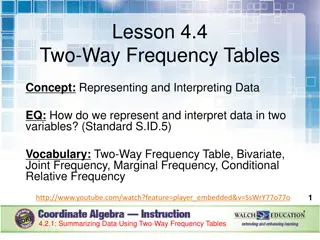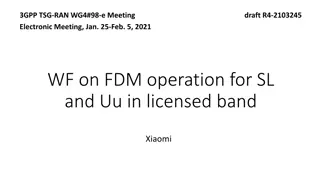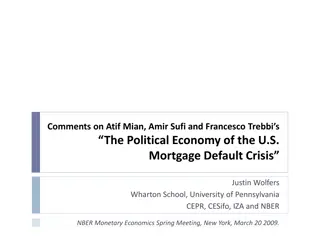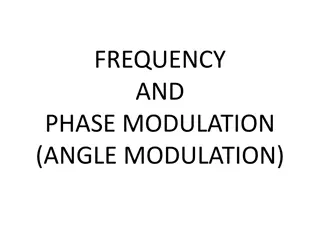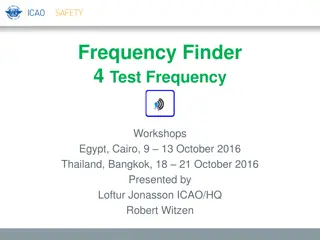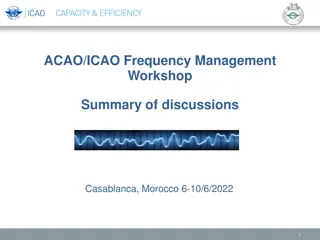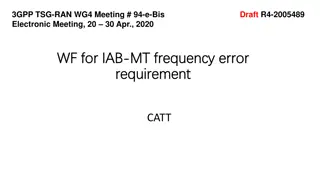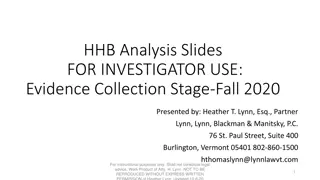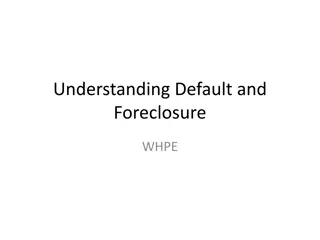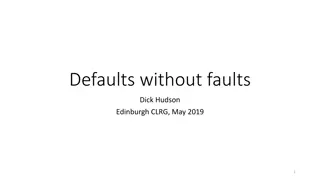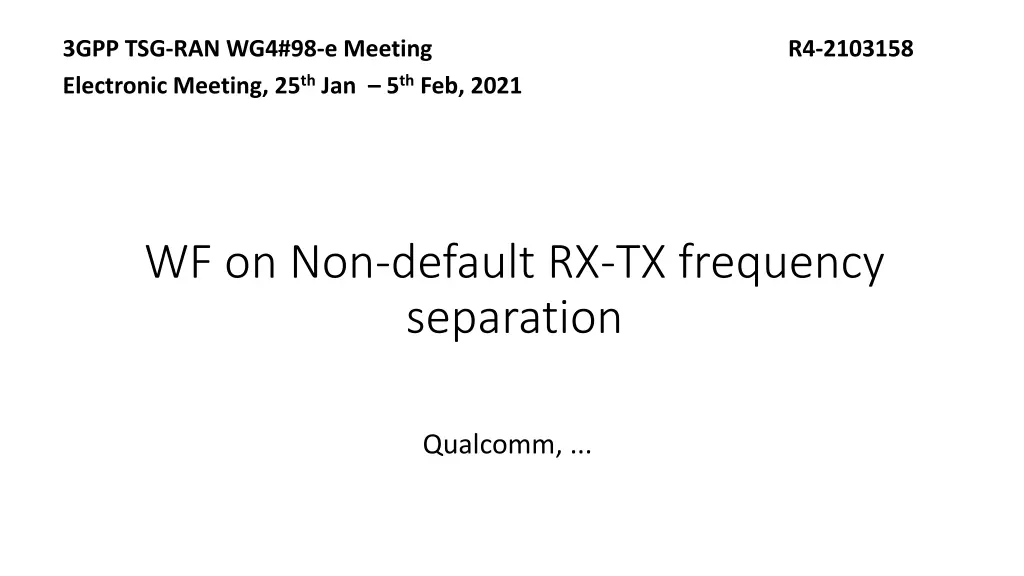
Non-default RX-TX Frequency Separation in Split-Band Duplexers
Explore the challenges and solutions in achieving the appropriate TX-RX separation for frequency bands using single and split-band duplexers. Learn about the proposed limitations and modifications for n28 and n74 frequency bands to accommodate future UL/DL bandwidth asymmetry. Stay informed on the critical considerations outlined in the 3GPP.TSG-RAN.WG4#98-e meeting report.
Download Presentation

Please find below an Image/Link to download the presentation.
The content on the website is provided AS IS for your information and personal use only. It may not be sold, licensed, or shared on other websites without obtaining consent from the author. If you encounter any issues during the download, it is possible that the publisher has removed the file from their server.
You are allowed to download the files provided on this website for personal or commercial use, subject to the condition that they are used lawfully. All files are the property of their respective owners.
The content on the website is provided AS IS for your information and personal use only. It may not be sold, licensed, or shared on other websites without obtaining consent from the author.
E N D
Presentation Transcript
3GPP TSG-RAN WG4#98-e Meeting R4-2103158 Electronic Meeting, 25th Jan 5th Feb, 2021 WF on Non-default RX-TX frequency separation Qualcomm, ...
Background For frequency bands using a single duplexer the TX-RX separation can have a wide range of values as each TX and RX band has continuous coverage over the entire frequency range Bands where the frequency gap between TX and RX bands is very narrow it is not always possible to implement duplex filters over the full frequency band [1] A solution is to use several narrow duplex filters to cover the entire frequency range. Fig 1 illustrates a 2 filter implementation where either filter set a or b is selected depending on the channel in use. The split duplexer block diagram (fig 2) illustrates that only one of the filters A or B is connected to the antenna at a given time. Therefore there is a functional limitation on the TX-RX spacing that can be used The default TX-RX separations defined in 5.4.4-1 are commonly accepted values which can be modified if desired. The SIBs FrequencyInfoUL and FrequencyInfoDL can set the UL and DL frequencies independently. Hence the TX-RX duplexer spacing can be changed from the values given in 5.4.4-1. In split band implementations not all TX-RX spacings can be supported. The TX-RX spacing must be chosen carefully so as to keep the transmission/receiver bands within the UL/DL frequency ranges of the individual narrow BW duplexers TX b RX a TX a RX b Figure 1 Implementation using two narrow band duplex filters A RX ANT B TX Figure 2 Split duplexer block diagram
WF on Non-default RX-TX frequency separation For n28 and n74 we propose adding the following notes in table 5.4.4-1: Limit the applicable TX-RX spacing for n28 to 55 MHz plus any frequency deviation of FTX-RX due to UL/DL BW asymmetry that may be introduced in the future. Limit the applicable TX-RX spacing for n74 to 48 MHz plus any frequency deviation of FTX-RX due to UL/DL BW asymmetry that may be introduced in the future.
References TDoc Title Source Type Agenda item # Qualcomm other 7.19.3 R4-21002904Non-default RX-TX Frequency Separation Values and split band duplexers 1

